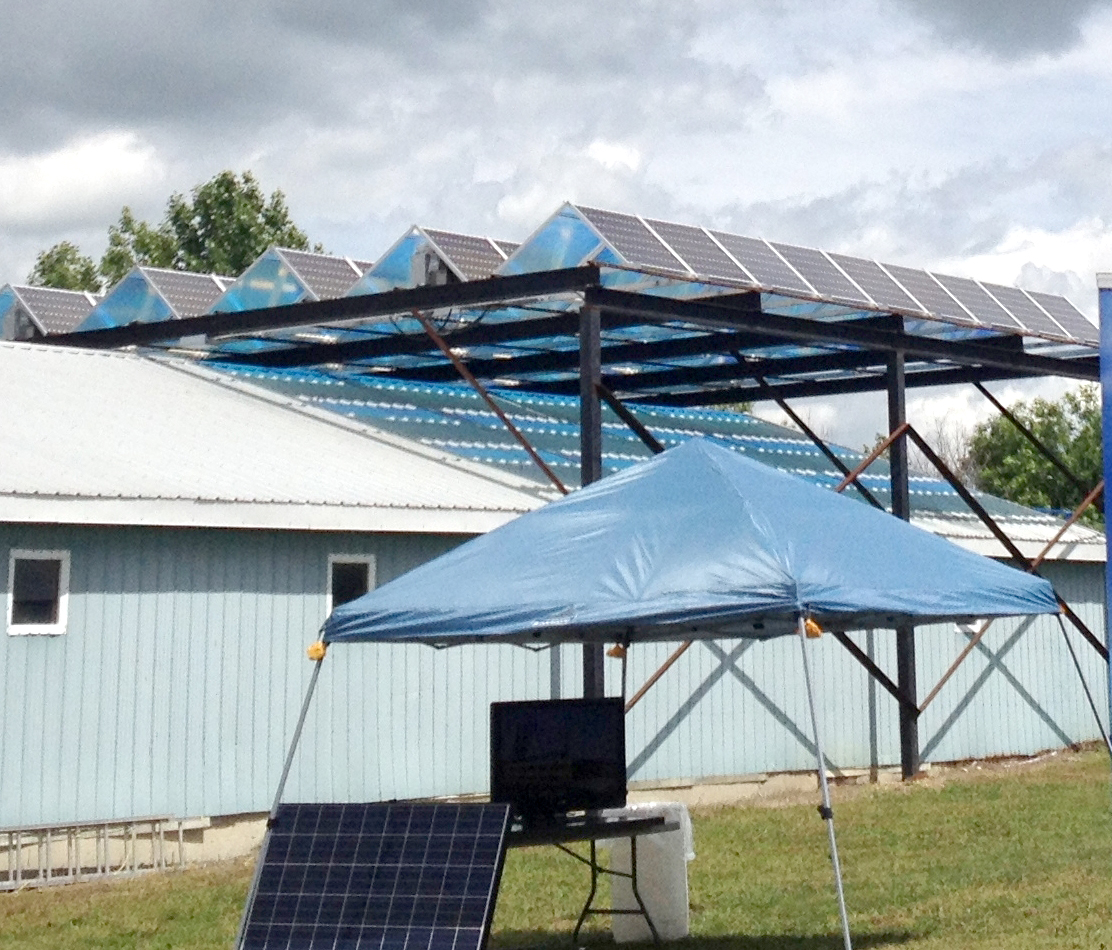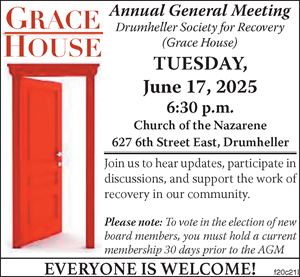
Those interested in renewable micro generation are still going to have to wait until next year for details on these programs.
This comes after the province announced it has a firm target on for renewable electricity.
The province announced a target of 30 per cent of electrical generation in the province to be created from renewable energy by the year 2030. To do this they are aiming to add 5,000 megawatts of renewable capacity.
Starland County has been in the forefront of solar generation, in particular farm solar installations. CAO of Starland County, Ross Rawlusyk, says this announcement covers large-scale projects.
“The concerns that I would have on the renewable electricity program, is they have to be 5 megawatts or greater, “ he said. “The problem with that level of development is it will restrict where you can put them to a degree. You need to put them in a place where you can access the grid, and the grid’s infrastructure is capable of handling the power. It won’t be a positive thing for more sparsely populated rural locations.”
He said they have been looking at a 2-megawatt installation and the infrastructure is a limiting factor.
The good thing about it for Starland, he says, is it may make wind energy projects in Starland more viable. Right now, there are two wind projects in Starland that are working their way through the approval process; one by BluEarth Renewables and one by Suncor.
On the micro generation end, according to a press release, the government is engaging stakeholders on ways to make it easier for Albertans and communities to create their own renewable energy. The Alberta Energy Efficiency advisory panel, led by Dr. Davis Wheeler, is consulting with Albertans to develop recommendations to do small-scale generation programs.
He says the County is hoping to make submissions to the Energy Efficiency Advisory Panel.
“We are of the view that solar is coming very close on the level of efficiency and cost as traditional power, it is just that traditional power gets some bonuses that solar doesn’t get. As long as the playing field is level I think we can be pretty competitive,” he said. "We need access to the greenhouse gas credits that they haven’t typically allowed small development to benefits from. I would argue that a fair pricing process would be beneficial to alternative energy too.”
He explains that during peak times of the day, a solar installation contributing to the grid will earn in the area of 4 cents per kilowatt hour, while the real true market value is in the area of 15 cents per kilowatt hour.
"If they correct that process, that will go a long way to identifying what is competitive,” he said.
Right now, they are in a holding pattern.
“Now until January of 2017, very little is
going to be happening on the energy front because of the ongoing uncertainly of where things are,” he said.





















